personal injury lawyers
Fighting for maximum injury compensation for you and your family
No Fees Until We Win


Comparing Accidental And Intentional Injuries In New Jersey
Every day, injuries occur anywhere, including in New Jersey, and they can be either unintentional or accidental.
It’s important to know the differences between these two sorts of injuries, especially when it comes to legal issues and compensation requests.
Accidental injuries, like slipping on ice, happen without any malice. In contrast, purposeful harm, such as assault, results from someone intending to harm.
This article will examine the differences between unintentional and purposeful harm in New Jersey, offer illustrations, and go through why being aware of these distinctions is crucial in legal situations.
What Is an Accidental Injury?
Definition and Examples: An accidental injury occurs when someone gets hurt, but there was no intention to cause harm. For example:
- Slipping and falling due to a wet floor.
- Getting injured due to a car accident that wasn’t intentional.
Occurrences: These types of injuries can happen in various settings like schools, workplaces, or public areas and are typically unforeseen and unplanned, often leading to unintentional distress and pain.
What Is an Intentional Injury?
Definition and Examples: Intentional injury is the opposite; it happens when someone deliberately causes harm or damage to another person. For instance:
- A person hitting another with the intent to injure.
- Harassment that leads to mental or physical harm.
Deliberate Actions:
These injuries are the results of conscious decisions, where the individual causing harm understands that their actions will lead to pain or injury to another person.
See also : New Jersey Personal Injury Lawyers
Why Does the Difference Matter?
Legal Implications
It’s essential to understand these differences as the law distinguishes between accidental and intentional injuries when it comes to legal actions and compensations.
The type of injury impacts the eligibility and the potential amount of compensation one might receive.
Determining Legal Steps

Examples of Intentional and Unintentional Injuries
Unintentional Injuries
Unintentional or accidental injuries happen without any plan to cause harm. For example, a person might accidentally trip over a toy and fall, or someone could get hurt in a car accident where no one intended to cause a collision.
These injuries are usually sudden and unexpected, occurring without any malicious intent.
Intentional Injuries
Conversely, intentional injuries are deliberate. For instance, if someone hits another person on purpose or if someone steals from another with the knowledge that it would cause distress, those are intentional injuries.
These actions are performed with the aim to hurt, and the person causing the harm knows the pain they are inflicting.
Understanding these examples helps in identifying the nature of the injury and aids in taking the appropriate legal steps in the jurisdiction of New Jersey.
The clarity in distinguishing between these injuries ensures that the victims can seek the correct legal recourse and compensation for their suffering.
Eligibility Determination for Legal Action Following an Accident
In New Jersey, after an accident, it’s very important to figure out if you can take legal action.
The eligibility for this largely depends on whether the injury was accidental or intentional.
If someone didn’t mean to cause harm but an injury occurred, like in a car accident, legal actions can still be taken to get compensation.
On the other hand, if the injury was on purpose like someone being hit by another, the legal process might be different, and there could be criminal charges too.
Some Key Indicators and Elements of Intent
Determining intent is crucial in New Jersey when distinguishing between accidental and intentional injuries.
One needs to look at the actions and thoughts of the person causing harm. If there is proof that someone wanted to cause pain or harm, then it shows intent.
For example, if someone throws a punch, it’s likely intentional, because throwing a punch is a deliberate action.
Conversely, if someone is running and accidentally bumps into another person, causing them to fall, it’s likely accidental, as there may be no premeditation or desire to cause harm.
The discernment between these elements plays a significant role in legal proceedings, guiding the direction of the case and affecting the possible outcomes and compensations.
Knowing and understanding these indicators are vital in seeking justice and pursuing legal remedies in New Jersey.
How to Maximize Compensation for Injuries
To make sure you get the most compensation for injuries in New Jersey, whether intentional or accidental, there are certain steps that can be helpful:
Understand Your Rights
Knowing your legal rights is crucial. It allows you to be aware of the compensation you are entitled to.
Consult a Lawyer
Having a knowledgeable car accident lawyer can guide you through the legal processes and help you understand what compensation you can claim.
Gather Evidence
Collecting evidence like photos, videos, and witness statements can strongly support your case.
Seek Medical Attention: Getting immediate medical help and keeping a record of medical treatments, diagnoses, and bills are essential in claiming compensation.
Report the Incident
Promptly reporting the injury to the appropriate authorities can help in documenting the incident officially.
Conclusion
When we look at accidental and intentional injuries in New Jersey, we see they’re really different in how they’re handled legally.
The type of injury can change whether you can take legal action and how much help you can get.
That’s why it’s so important for everyone to know their rights, get the facts straight, have a good lawyer, and act quickly.
This way, people can protect themselves and get the most support possible after an injury.

Free Injury Case Evaluation
Send the form below and we will call you back in minutes.
…or Call Us Now
856-284-6446
